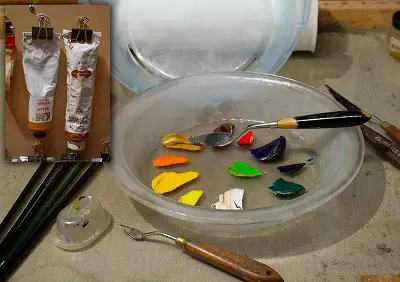
Quick and Easy Way to Store Your Oil Paints
Oil paint is expensive. Letting paint dry on your palette is like throwing money away. There are different methods available for how to store used oil paints, but which ones are the best?
The best way for artists to store used oil paints and keep them from drying out is to place them on a glass plate with a cover and place it in the freezer at around zero degrees. Depending on the pigment, some colors will last for days or even weeks using this method.
Below I go into detail on my process for storing both open oil paint and paint still in the tube.
Storing Oil Paint on a Glass Plate
When I first started using this method, I used a glass plate that was placed in the freezer with the paints out in the open. The plate provided a nice flat surface that could store a decent amount of paint. This worked fine for several years, but there was always the risk of someone reaching into the freezer and sticking their hand or some food into the paint.
I eventually replaced the open plate with a glass pie plate that came with a plastic cover. Now I don't have to worry about food or hands in my paint. You can even stick paint on the angled sides of the plate as long as the paint isn't too soft. I do want to emphasize that using a glass plate or some other non-absorbant surface works best.
When I begin my day, I'll just take the pie plate out of the freezer, remove the paint from the plate with a flexible palette knife, and place it on my palette. I then pour a little denatured alcohol into the plate and wipe out the paint remnants with a paper towel.
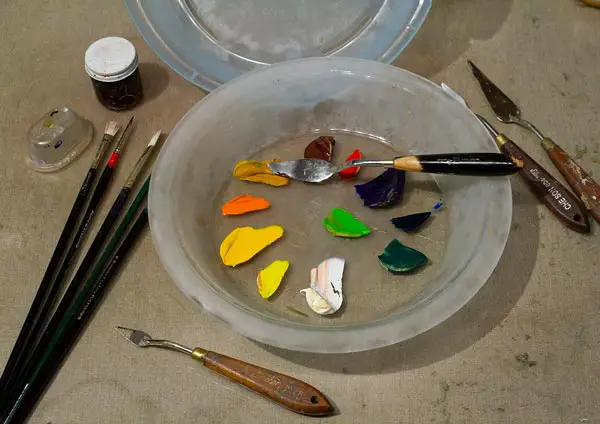
Concern About Wasting Paint
Sometimes I can't get every bit of paint out of the plate, and you do lose some paint when wiping excess paint off the palette knife between each transfer, but this is minimal. I've seen videos of artists spending a half-hour scraping piles and piles of dried paint off their palette. So the little bit you lose from transferring your paint back and forth every day is very minimal in comparison.
How Long Does Oil Paint Keep in the Freezer?
That depends on the pigment and brand. I would give an average of about a week. Some colors dry faster than others. The first colors that usually dry on me are Cadmium Red, Cadmium Orange, and Cerulean Blue Hue. Some colors like Ultramarine Blue seem to last forever when frozen. But even the faster drying colors seem to stay fresh for up to a week, especially if they are left in the freezer that entire time.
We have our freezer set around zero degrees, which seems to work well. I also have a dedicated place in our freezer to do this. If this is not possible for you, consider investing in a small freezer, which you can buy for under $150. It may seem like a lot to invest, but when you consider how much oil paint can cost, and how much paint you will waste over the years by leaving your paint out, it will easily pay for itself.
Other Methods for Storing Oil Paint
Of course freezing your paint on a glass plate is not the only method for storing used oil paints. I've seen and tried a number of other options which I'll describe below.
Plastic Wrap
Some artists will use a plastic cling wrap and just place it over their palette. While this may be better than just leaving them out in the open air, I always found this method to be a bit messy. The plastic wrap can sag into the piles of paint unless it's stretched really tight over a palette that has a walled side. Either way, it doesn't seem to keep the paint as fresh as freezing, but it is a viable alternative.
Placing Cups Over the Paint
A number of years ago I invested in these little plastic caps that had a soft rubber rim which you could place over your piles of oil paint. I can no longer find them on the internet, so they may no longer be on the market. The idea sounded good, but in practicality, they didn't seem to keep the colors fresh for very long, and I always ended up with paint on the edges of those little cups.
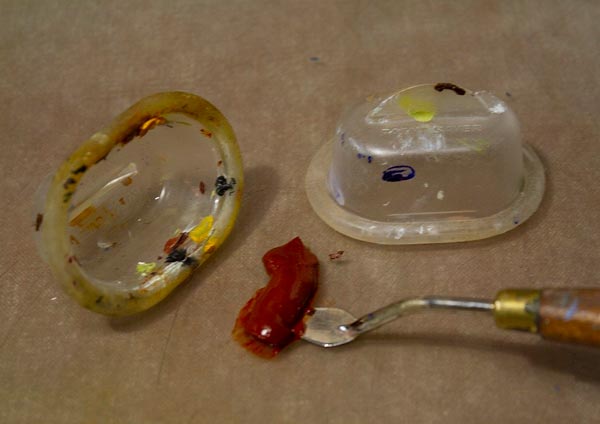



Wrapping Your Oil Paint
Another method I've seen is taking your oil paint and placing it in little sheets of aluminum foil, then folding up the foil with an "airtight seal." The problem with this method is that I doubt it's possible to get an actual airtight seal by merely folding aluminum.
I had no problem getting the paint into the foil, but a big problem getting it off after it had been wrapped up. The foil would get all kinds of bumps and dents which made it difficult to get remove the paint. But the even bigger problem is that the foil tore very easily. I concede I was using a metal palette knife, but I imagine a plastic knife may also cause tearing given the fragile nature of aluminum foil.
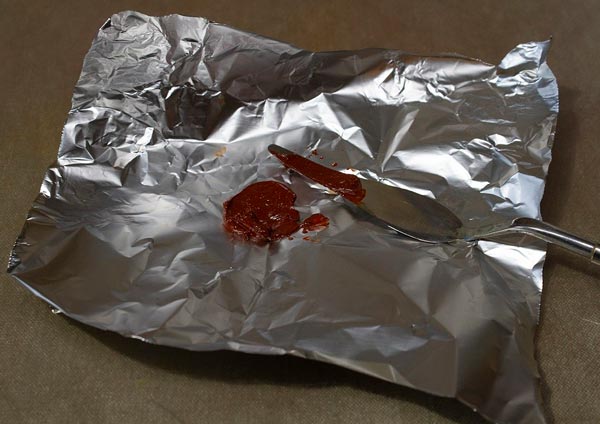



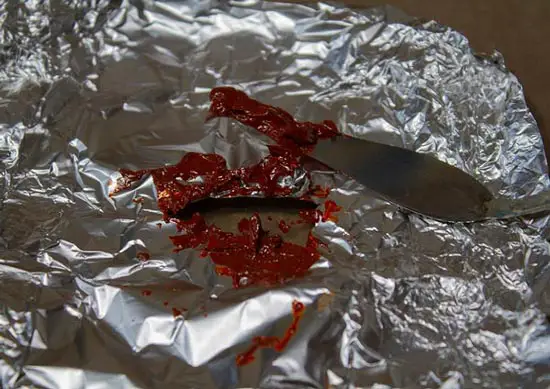



Adding Oil to Your Oil Paint
This is another one I've tried and while it does help, it has its drawbacks which lead me to abandon it. First of all, adding more oil to your paint will change its viscosity. This may not be all that bad if you like thinner and more oily paint, but it's an issue for artists who like their paint to have more body. Also, it just didn't seem to work as well as freezing.
Storing Paint in Empty Tubes
This method would be good for storing larger amounts of paint, its just something I've never had a use for. But for those who are interested, you just buy some empty aluminum tubes at someplace like Dick Blick; they come with caps but are open at the back end. Using your palette knife, you place the paint into the open end of the tube then fold and pinch the opening together with pliers.
If I had a certain color that I usually mixed and used on a regular basis, making a big batch and putting it into an empty tube would be a great solution.
See the brands and colors that are on my palette by going to the Oil Paint Resources Page.
Storing Tubes of Oil Paint
Even if you have never opened your new tube of oil paint you can still have issues with storage. The oil and pigment can separate, and the oil will usually go against gravity. This means that if you store your tubes of paint with the cap-end up you will get mostly oil and no pigment when you squeeze out the contents. When you finally do get to the pigment, it will be cakey and even dry because there is no oil left in the tube.
The best way to store tubes of oil paint opened or unopened, is to store them upside down, with the cap facing downward. I do this by attaching a binder clip to the bottom side of the tube (opposite of the cap-end), and hang the clip onto a screw that I have drilled into a large piece of plywood which hangs on the side of my palette desk.
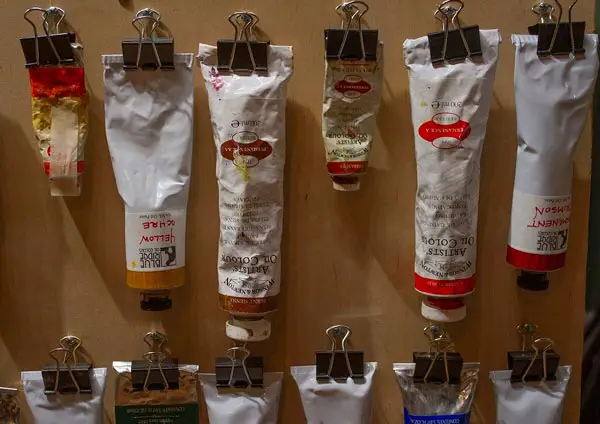



While there are a number of ways to do it, just make sure you store your oil tubes upside down. Even when you store them on their side you can still get the same issue since the flatter bottom of the tube still causes the bottom end to be lower than the top.
While the oil and pigment still separate no matter how you store your tubes, having the oil at the back end of the tube ensures that there is still oil in the tube and will prevent the pigment from completely drying out.
I know there are other methods for storing oil paint, but freezing and upside-down storage has always worked best for me. You may even want to combine some of the methods described above with freezing. Please see free to share your ideas and what has worked for you below.
Keep Sketching!
Jason Tako is a nationally known fine artist who specializes in western, wildlife, plein air, and Historical Native American subject matter. He spent his learning years sketching the wetlands and wooded areas of rural Minnesota. He has been featured in Plein Air Magazine and Western Art Collector Magazine and he was the Featured Artist for the 2020 Southeastern Wildlife Expo. See his work at www.JasonTako.com and his demonstrations on his YouTube Channel.
Warning: Undefined array key "preview" in /home3/mysketc2/public_html/wp-content/plugins/oxygen/component-framework/components/classes/comment-form.class.php on line 75
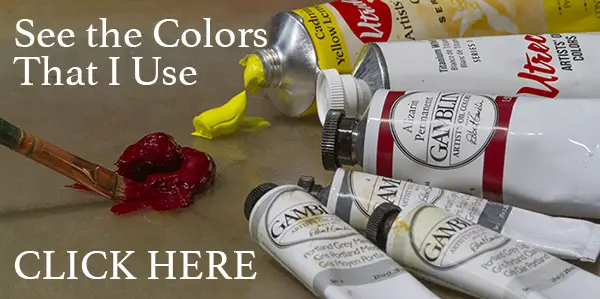



Warning: Undefined array key "preview" in /home3/mysketc2/public_html/wp-content/plugins/oxygen/component-framework/components/classes/comment-form.class.php on line 79